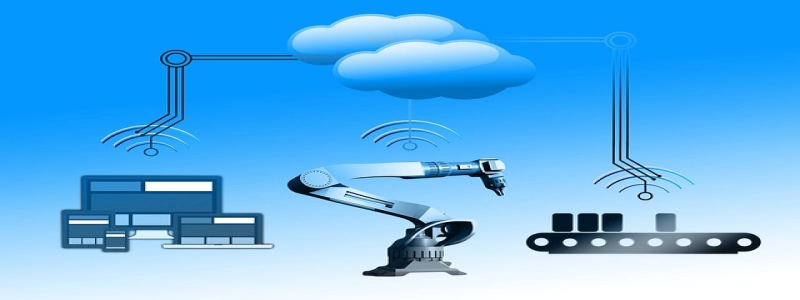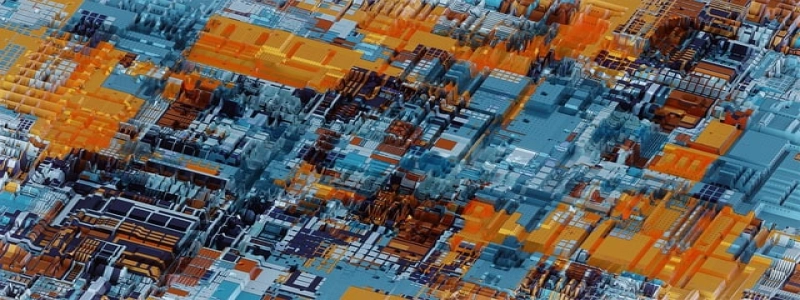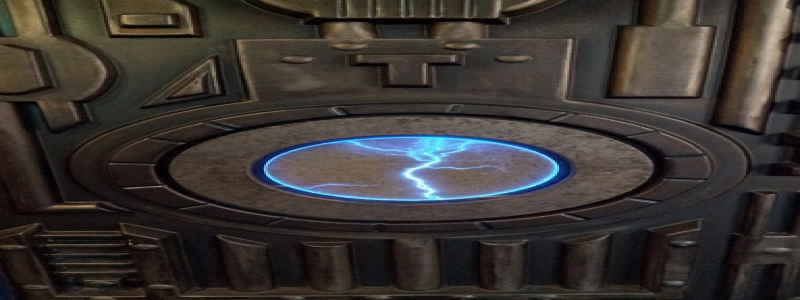Ethernet Category Chart
Introduction
Ethernet is a widely used technology for connecting computers and other devices in a Local Area Network (LAN). Over the years, various standards and categories of Ethernet have been developed to meet the increasing demands for faster and more reliable network connections. This article provides a comprehensive overview of the Ethernet category chart, which classifies the different Ethernet standards based on data transfer rates and cable specifications.
Category 1
Category 1 is the oldest and the slowest category of Ethernet. It supports data transfer rates of up to 1 Mbps (Megabits per second) and is commonly used for telephone lines. Category 1 cables are not suitable for high-speed data transmission and are rarely used in modern networking.
Category 2
Category 2 is another relatively outdated category of Ethernet. It supports data transfer rates of up to 4 Mbps and was mainly used for Token Ring networks. This category has become obsolete and is not commonly used anymore.
Category 3
Category 3 is the earliest category that is still widely used today. It supports data transfer rates of up to 10 Mbps and is commonly used for Ethernet implementations based on 10BASE-T technology. Category 3 cables, also known as Cat 3 cables, are made of twisted pair wires and are suitable for transmitting data over short distances.
Category 4
Category 4 is a less popular category of Ethernet. It supports data transfer rates of up to 16 Mbps and was mainly used for Token Ring networks. Category 4 cables are not widely available and have been largely replaced by higher-category cables.
Category 5
Category 5 is one of the most widely used categories of Ethernet. It supports data transfer rates of up to 100 Mbps and is commonly used for Ethernet implementations based on 100BASE-TX and 1000BASE-T technologies. Category 5 cables, also known as Cat 5 cables, are made of twisted pair wires and are suitable for transmitting data over moderate distances.
Category 5e
Category 5e, also known as Cat 5e, is an enhanced version of Category 5. It supports data transfer rates of up to 1000 Mbps (1 Gbps) and is commonly used for Gigabit Ethernet implementations. Cat 5e cables have improved bandwidth and reduced crosstalk, making them more suitable for high-speed data transmission.
Category 6
Category 6 is a higher-performance category of Ethernet. It supports data transfer rates of up to 10 Gbps and is commonly used for 10 Gigabit Ethernet implementations. Cat 6 cables have even better bandwidth and reduced crosstalk compared to Cat 5e cables, making them ideal for high-bandwidth applications.
Category 6a
Category 6a, also known as Cat 6a, is an augmented version of Category 6. It supports data transfer rates of up to 10 Gbps over longer distances, up to 100 meters. Cat 6a cables have improved shielding to minimize alien crosstalk, making them suitable for critical applications requiring high data rates and reliable performance.
Category 7
Category 7 is a relatively new category of Ethernet and is designed to support data transfer rates of up to 10 Gbps. It uses fully shielded twisted pair wires and offers improved noise resistance and performance compared to previous categories. However, Category 7 is less commonly used and is often replaced by higher-category cables.
Conclusion
The Ethernet category chart provides a comprehensive overview of the different Ethernet standards and categories, ranging from the outdated Category 1 to the high-performance Category 7. Each category offers different data transfer rates and is suitable for specific networking applications. It is important to choose the appropriate Ethernet category and cable for your network requirements to ensure optimal performance and reliability.








